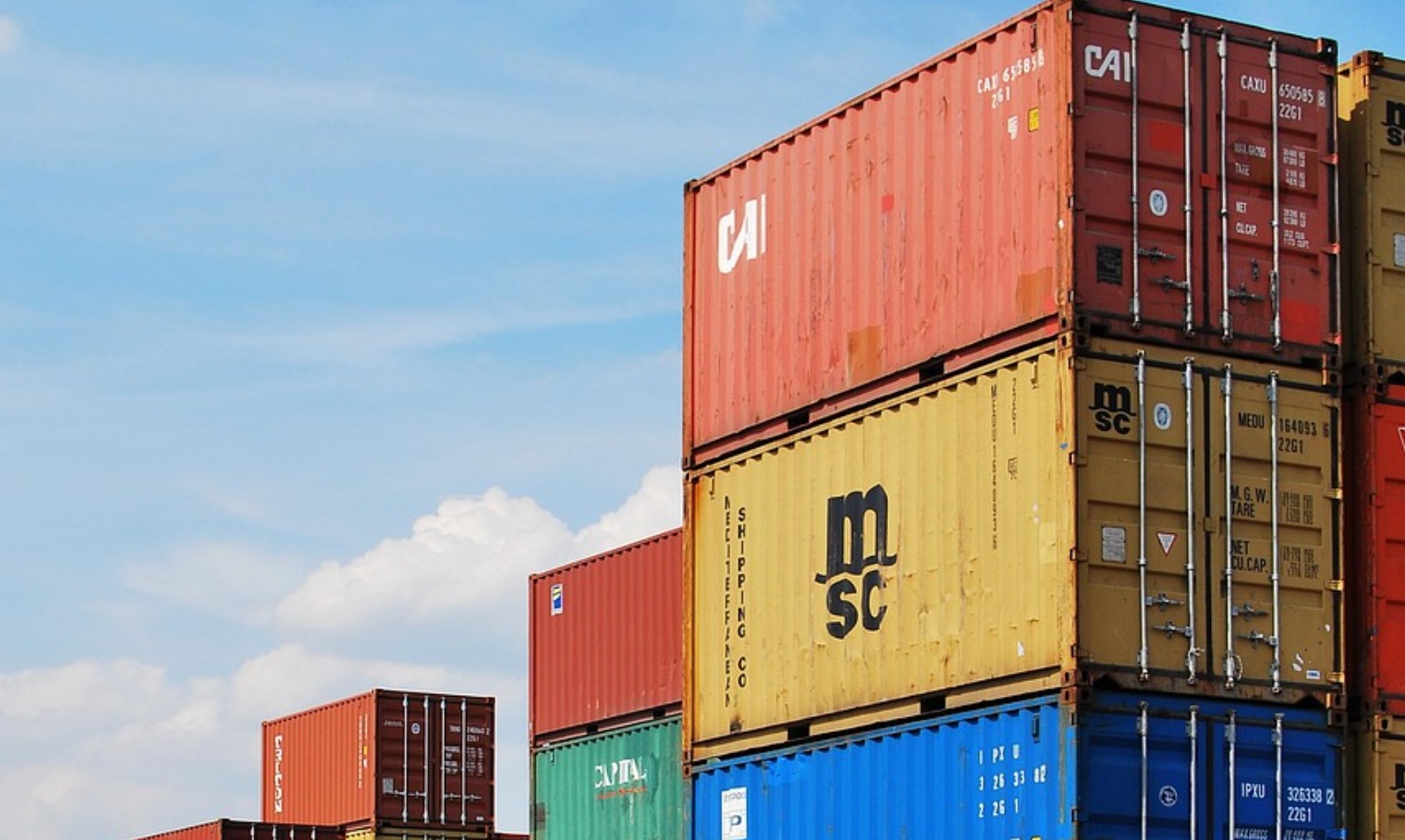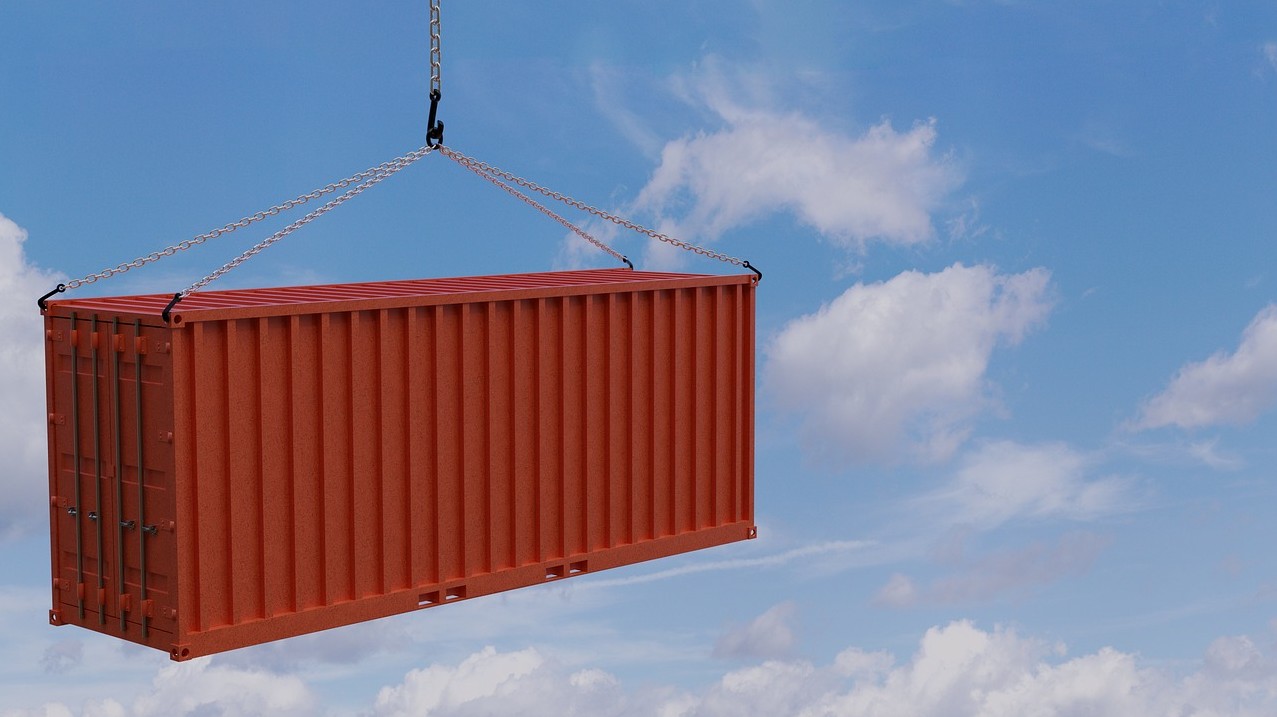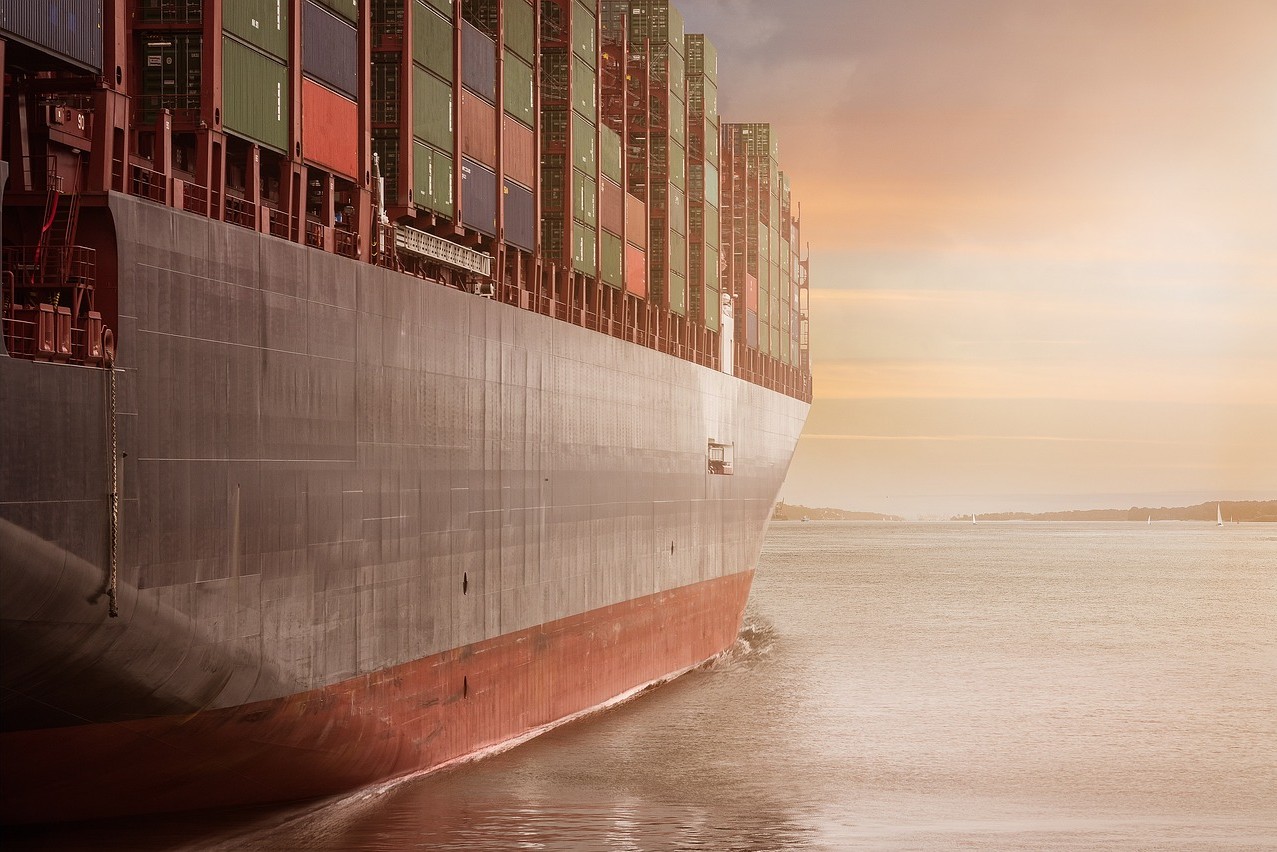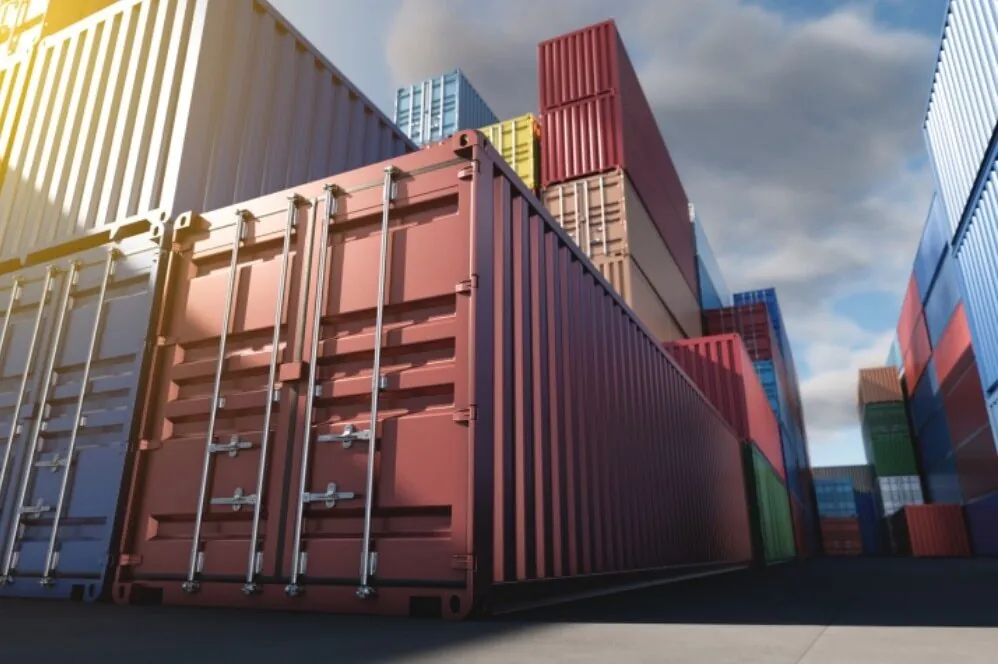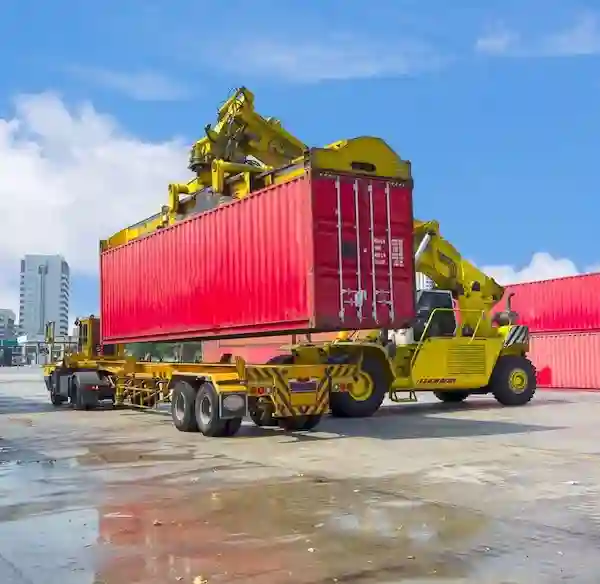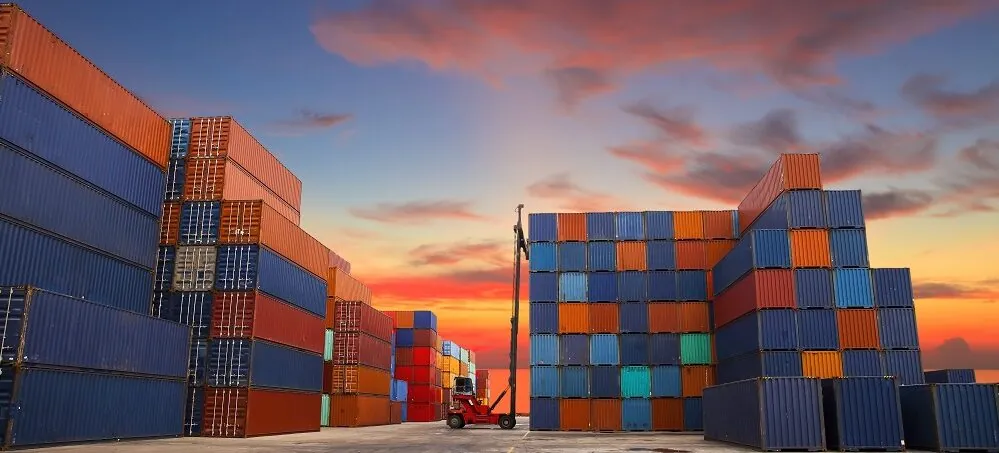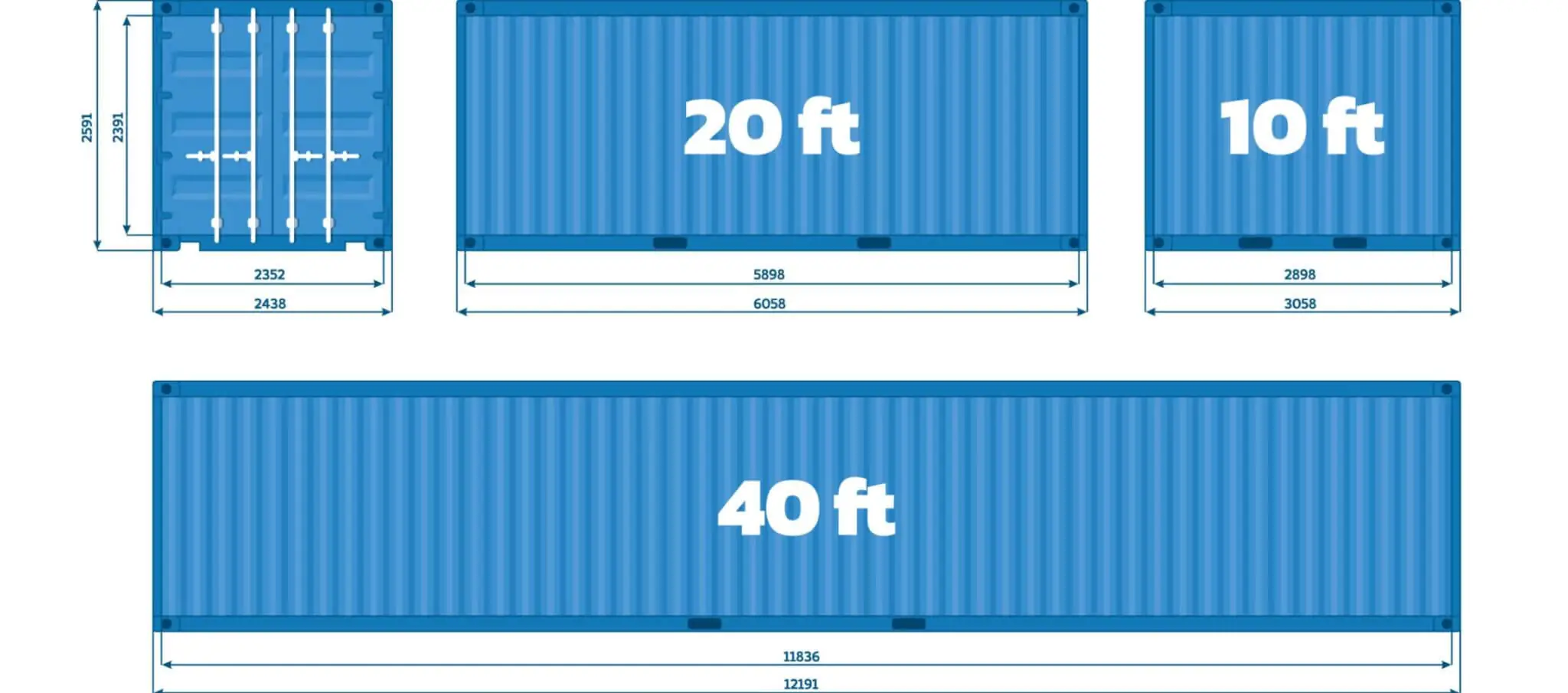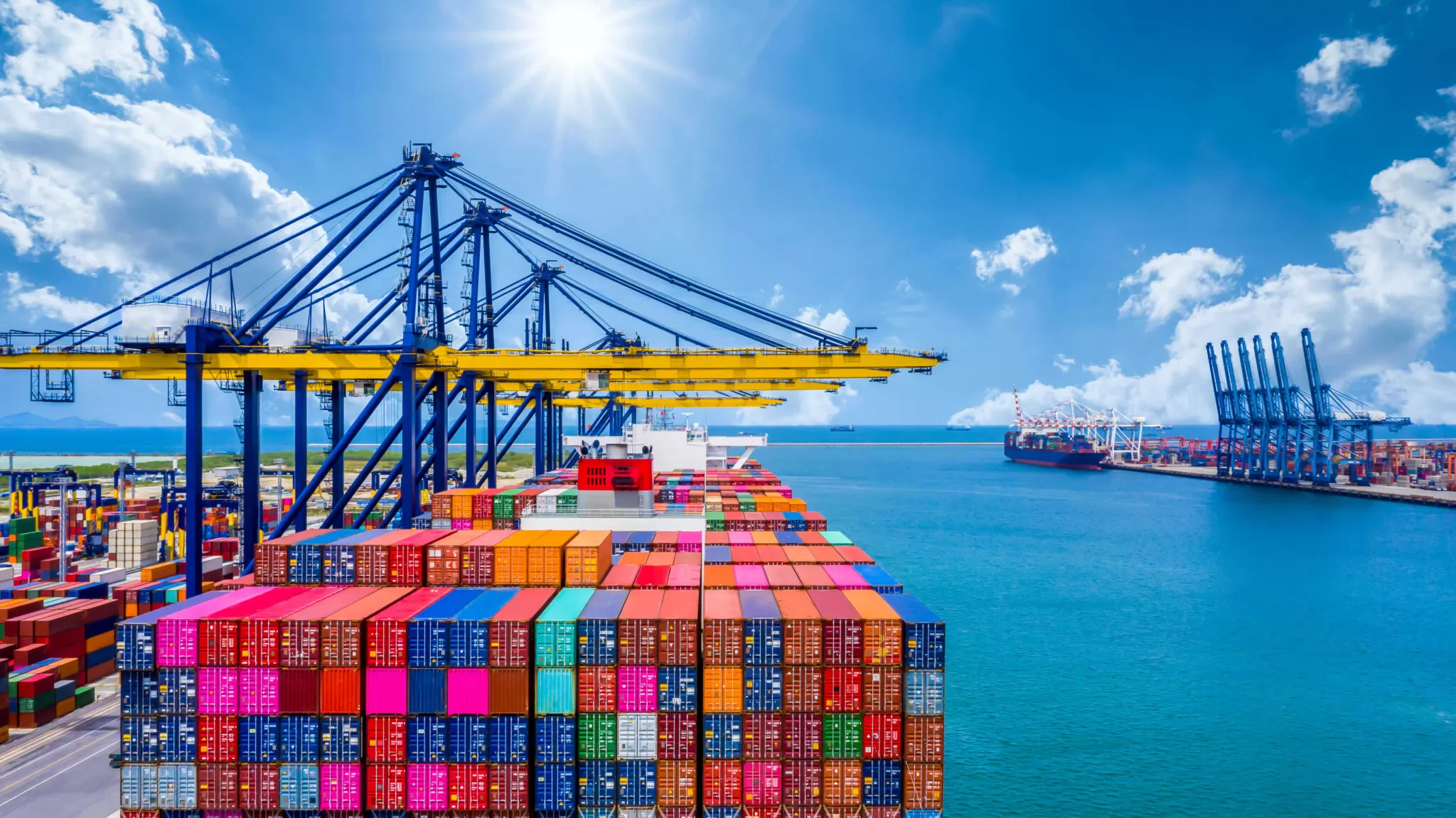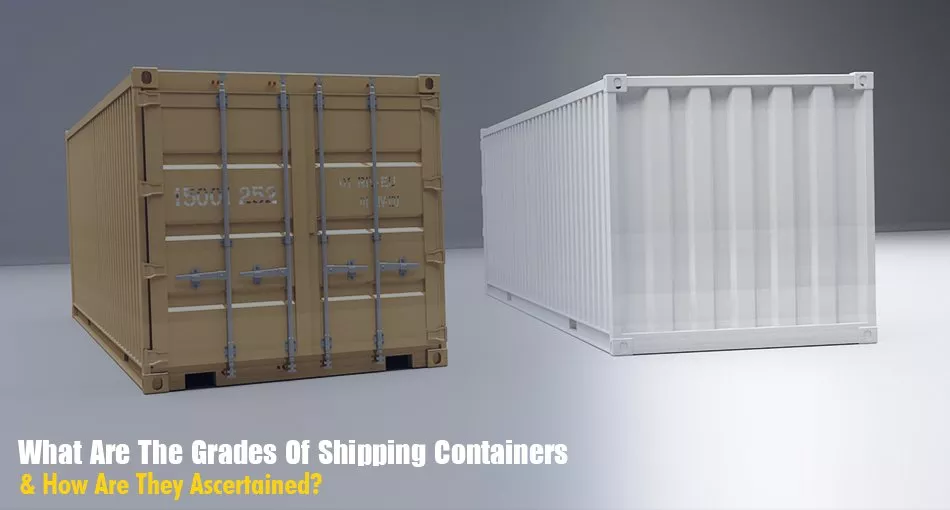Flat Rack Container Vs Open Top Container

When it comes to choosing a shipping container, people are often confused about what type will serve their purpose. Exporters, intending to ship heavy and bulky cargo which cannot fit through the doors of a four-walled general-purpose container, are always in dilemma between an open-top and a flat rack container since both are designed to carry such goods.
To do away with all such confusions, let’s now understand the basic structures, as well as the similarities and differences between flat rack container vs. open top container.
Flat Rack vs. Open Top
Flat rack containers and open top containers are two different types of shipping containers designed to accommodate specific types of cargo that don’t fit well into standard containers. Here’s a comparison of open top and flat rack containers.
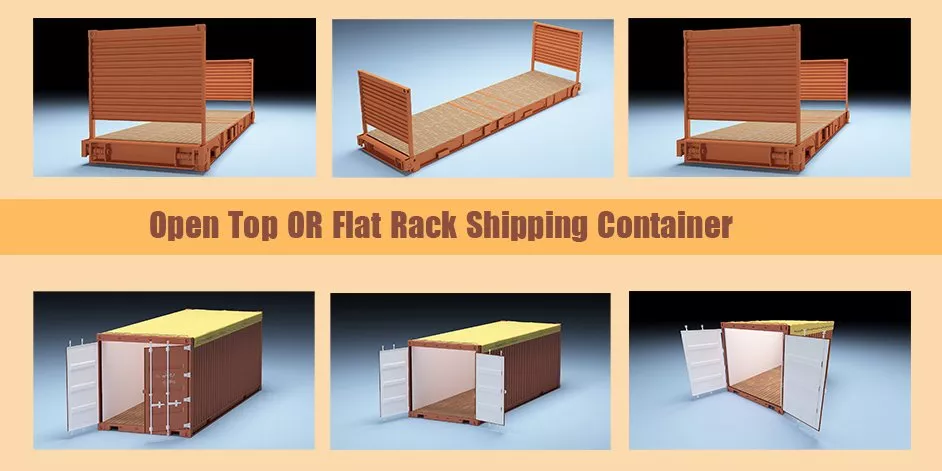
Flat Rack vs. Open Top
Flat rack containers and open top containers are two different types of shipping containers designed to accommodate specific types of cargo that don’t fit well into standard containers. Here’s a comparison of open top and flat rack containers.
Open-top containers
Pelican Containers offers open-top shipping containers in three different sizes – 10’, 20’ and 45’. These unique containers have a removable roof made of steel bows and Tarpaulin, which enables easy loading and discharging of cargo using a crane. These containers are structurally sound as they have solid walls and a robust door at one end. Additionally, the steel bows offer much strength to the tarpaulin cover and make these containers stackable.
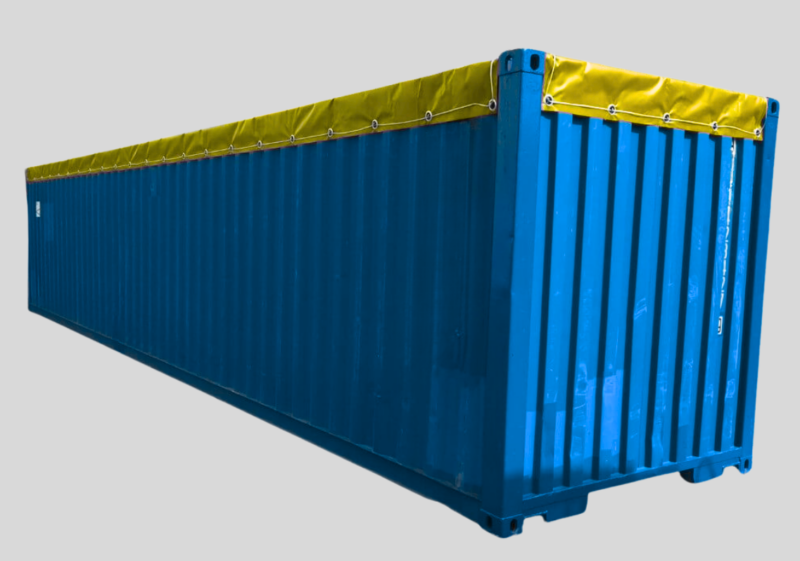
Open-top containers are ideal for the transportation of goods like glass and marble blocks, stone chips, and bulk minerals, which are loaded by a crane since these are too heavy to be fork-lifted through the door. Once inside, the overhead bows and tarpaulin ensure total safety of the goods inside. However, if the cargo is taller than the container (in case of tall machinery), these bows are removed so that the object can stick out of the container. Naturally, such a situation doesn’t allow stackability and also jeopardizes the box’s structural integrity.
What is a flat rack container?
When it comes to shipping containers, we all visualize a typical robust steel box. But, flat-rack containers are totally different in both looks and function. Unlike their four-walled counterparts, these heavy-duty containers come with two walls which are either fixed or can be folded to create a flat base to accommodate goods that exceed their height and width. These are designed to carry awkward- shaped and over-sized cargos which in no way can fit inside a closed shipping container.
These containers are extremely strong and don’t need steel bows for extra support; thanks to their sturdy steel frame which can easily bear the load of other flat racks above. The cargo, loaded either from the top or the sides, are secured by multiple lashing rings. Hence, it stays on the flat rack perfectly throughout the transit. These containers can also be lashed together to accommodate huge cargos like a yacht or an airplane.
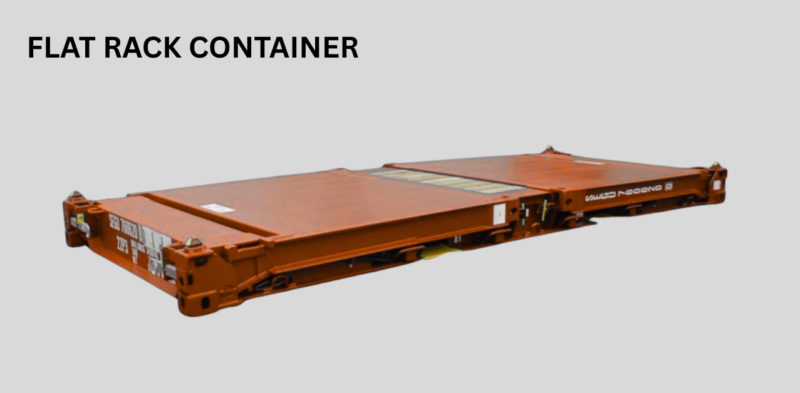
From the above discussion, it is evident that both types of containers are suitable for too big or too heavy goods. However, due to their unique form, open-top containers are more apt in carrying loose cargo in bulk; whereas flat racks are perfect for big machinery and vehicles, especially the top-heavy ones.
Open-top containers may have height restriction and are better off in carrying cargo less than 7’8” tall. They also keep the cargo safe from wind and water as they are fully enclosed when the tarpaulin is in place. On the other hand, on a flat rack, the cargo is comparatively exposed to the elements even if they are covered in tarps. So, the container you need will completely depend on the characteristics of your goods like size, shape, fragility, etc. Evaluate all the above factors before making a choice.
Still unsure? Contact us and our experts will guide you with all your queries.
Open Top or Flat Rack Container – Which is more appropriate for bulky cargo?
When it comes to choosing a shipping container, people are often confused about what type will serve their purpose. Exporters, intending to ship heavy and bulky cargo which cannot fit through the doors of a four-walled general-purpose container, are always in a dilemma between an open-top and a flat rack container since both are designed to carry such goods.
Vanessa is a dedicated writer and content enthusiast at Pelican Containers. With a background in practical writing and a keen eye for clarity, she transforms complex container topics into easy-to-understand and useful content. Her passion lies in exploring the evolving world of container usage — from smart storage hacks to global logistics trends.
When she's not writing, Vanessa loves discovering creative shipping container projects or traveling to find new inspiration.
Explore thoughtful, informative, and accessible content with Vanessa!
Vanessa is a dedicated writer and content enthusiast at Pelican Containers. With a background in practical writing and a keen eye for clarity, she transforms complex container topics into easy-to-understand and useful content. Her passion lies in exploring the evolving world of container usage — from smart storage hacks to global logistics trends.
When she's not writing, Vanessa loves discovering creative shipping container projects or traveling to find new inspiration.
Explore thoughtful, informative, and accessible content with Vanessa!
